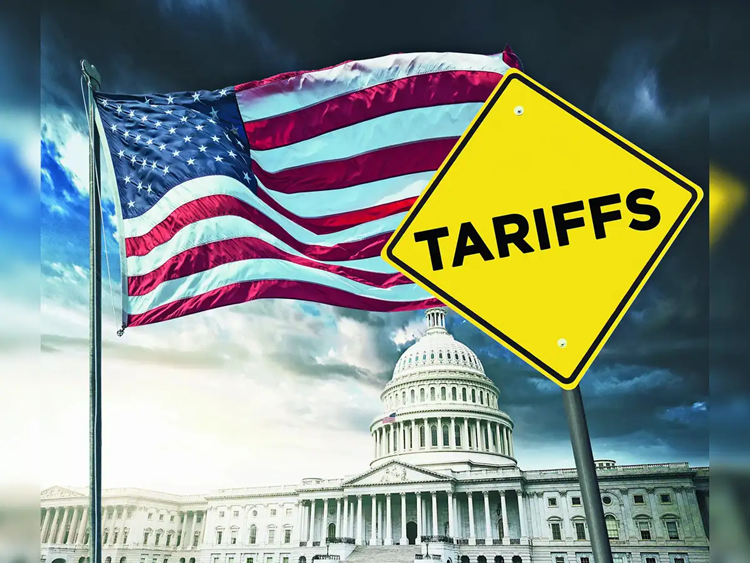
Despite political instability and labor unrest, Bangladesh's ready-made garment (RMG) sector has witnessed a remarkable 12.34 per cent year-on-year growth in exports, reaching $16.12 billion between July and November 2024. This increase is due to the pre-holiday rush in Western markets and a backlog of orders, raises questions about the factors contributing to this resilience and the industry's future prospects.
Growth amidst uncertainty
There are several reasons for this unexpected growth. Pent-up demand is one of them. A backlog of orders from August and September, combined with increased demand for the holiday season in key export markets like the US and Europe, have driven significant growth. Meanwhile Bangladeshi manufacturers have invested in expanding production capacity, enabling them to complete larger orders and cater to growing global demand. And despite rising production costs, manufacturers have been compelled to accept orders at lower rates due to higher competition and the need to utilize expanded capacity. This has made Bangladeshi garments more attractive to price-conscious buyers. The dedication and resilience of Bangladeshi garment workers too has played a crucial role in maintaining production levels despite challenges.
While export growth is encouraging, it has come at a cost. Mahmud Hasan Khan, a former vice-president of the Bangladesh Garment Manufacturers and Exporters Association (BGMEA), notes manufacturers have been compelled to accept orders at reduced rates due to increased competition and the need to utilize expanded production capacity. This pressure on pricing poses a challenge to the long-term profitability and sustainability of the sector.
According to EPB vice-chairman Md Anwar Hossain, the labor situation in the RMG sector has improved, with most factories operating at full capacity. However, concerns remain about potential unrest due to the recent political instability and economic challenges faced by workers.
Sectoral and country-wise Exports
Both knitwear and woven garment sub-sectors have shown robust growth.
Table: Sector wise growth
|
Sub-sector |
July-November FY25 |
Growth (%) |
|
Knitwear |
$8.96 billion |
12.23% |
|
Woven Garments |
$7.17 billion |
12.48% |
Major export destinations for Bangladeshi RMG products include the US, the European Union, and Canada. Reports suggest that major US retailers have increased sourcing from Bangladesh due to competitive pricing and the country's ability to meet large-scale production demands. In fact, some international buyers have reportedly shifted orders from competing nations like China and Vietnam to Bangladesh due to factors such as political stability and favorable trade agreements.
Future outlook
Despite recent growth, the Bangladesh RMG sector faces challenges.
• Maintaining price competitiveness: Balancing competitive pricing with ensuring fair wages and profit margins remains a key concern.
• Political and economic stability: Ensuring political stability and a conducive business environment is crucial to attract and retain foreign investment.
• Enhancing product diversification: Expanding into higher-value garments and diversifying product offerings can help mitigate risks associated with price fluctuations in the global market.
• Sustainability and ethical concerns: Addressing environmental and social sustainability concerns is essential to meet the evolving demands of international buyers and consumers.
Mahmud Hasan Khan warns, "The aftershocks of recent political instability and labor unrests could surface in the coming months, as buyers might reconsider placing orders if the instability persists." Therefore, addressing the challenges of political instability, pricing pressures, and sustainability concerns is crucial to ensure the sector's long-term growth and competitiveness in the global market.












